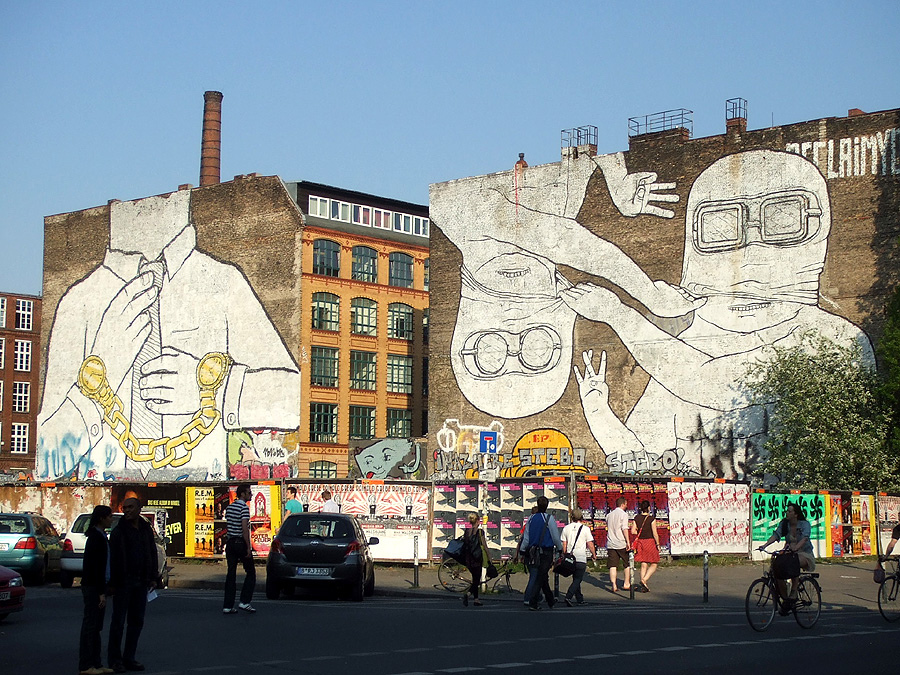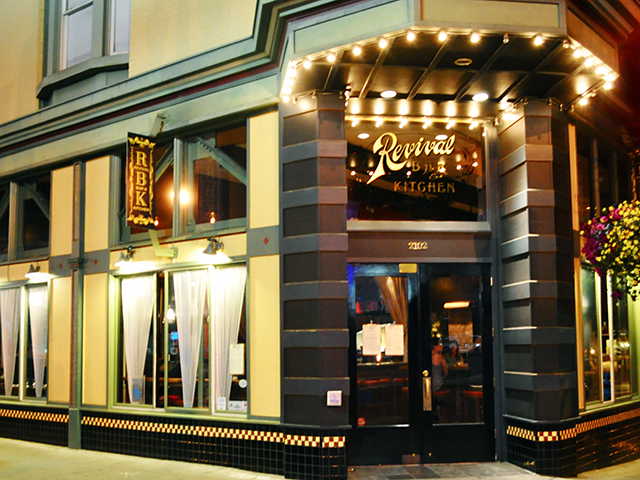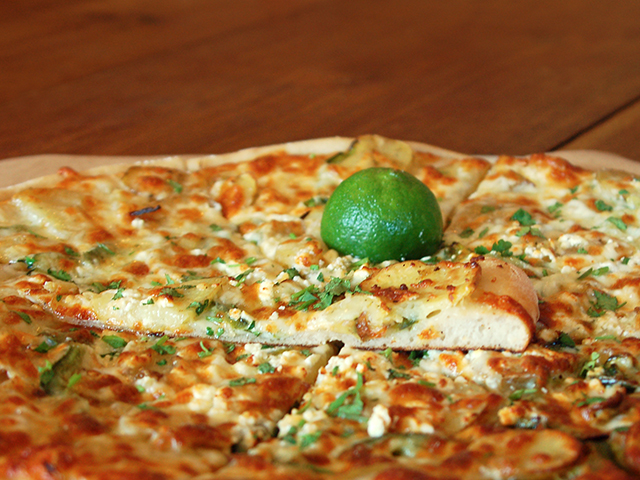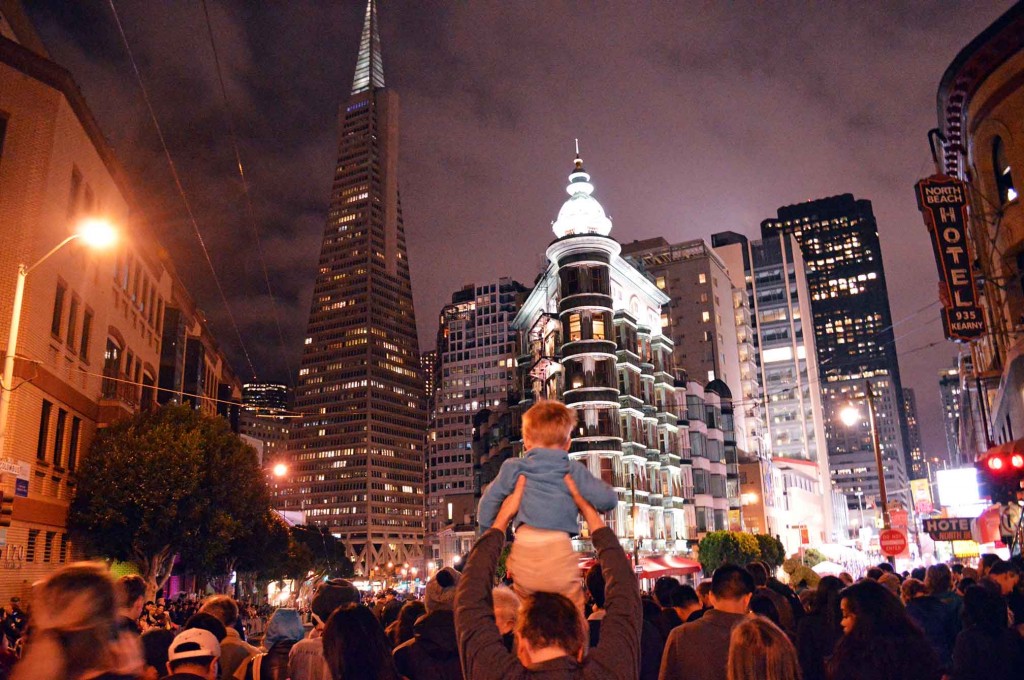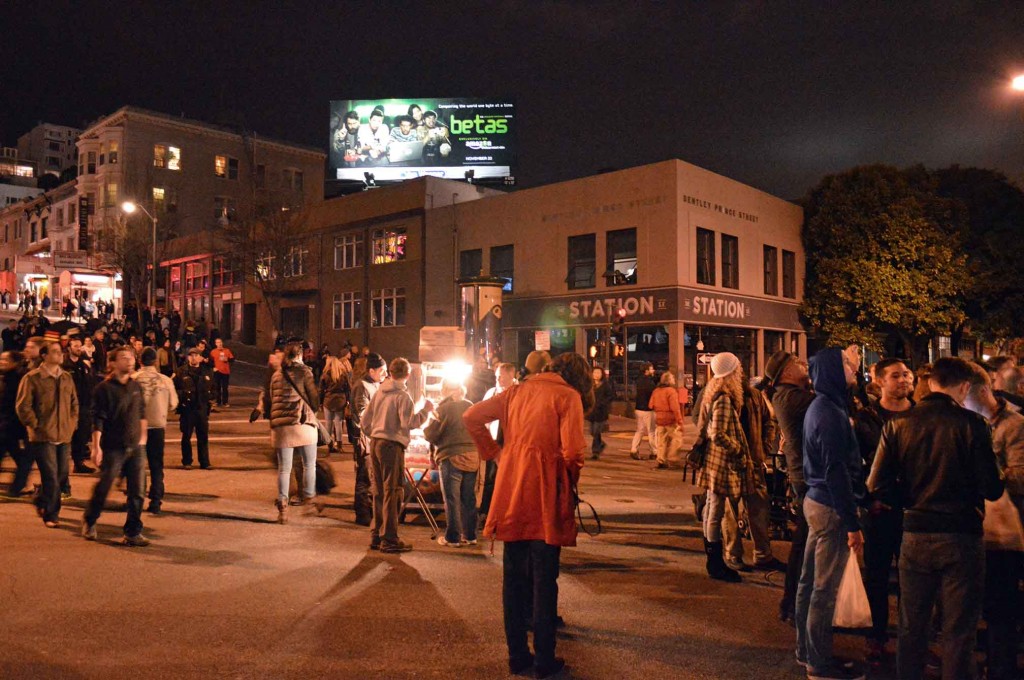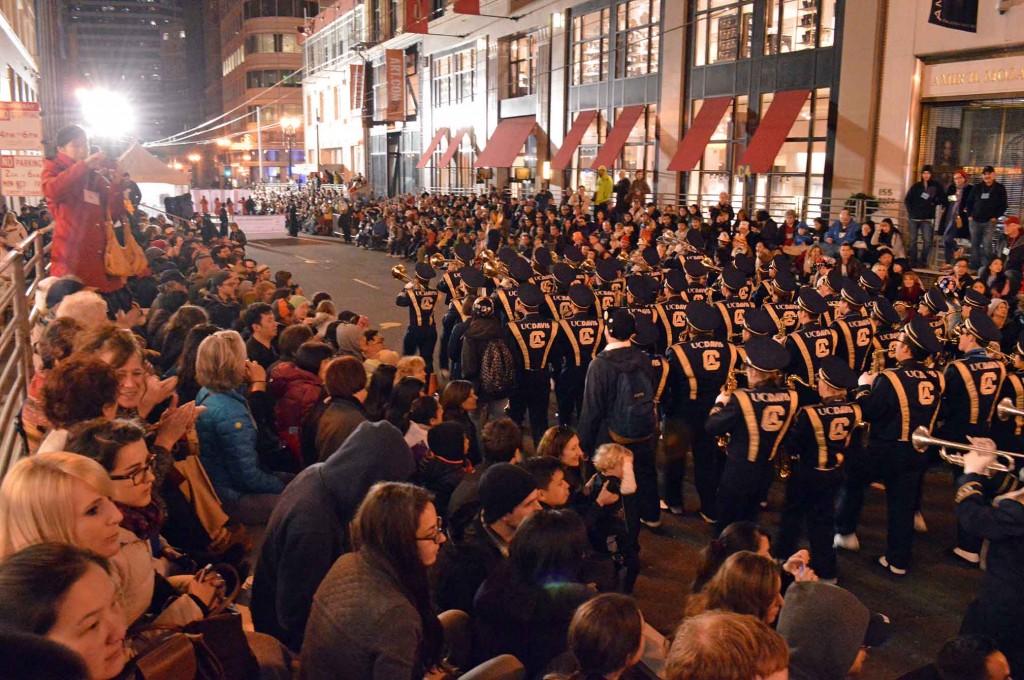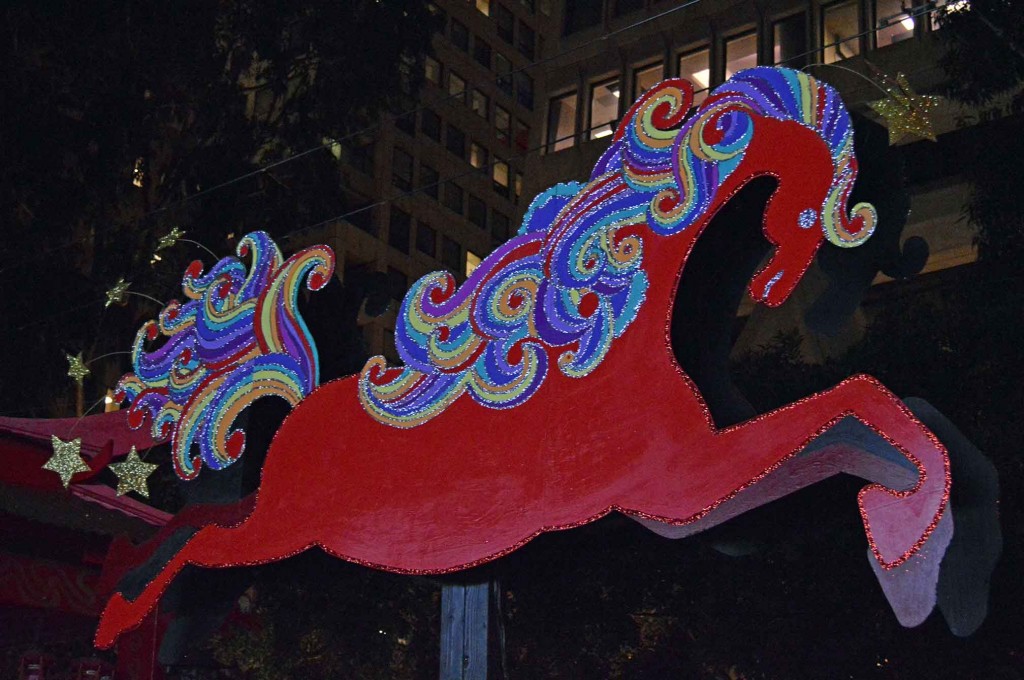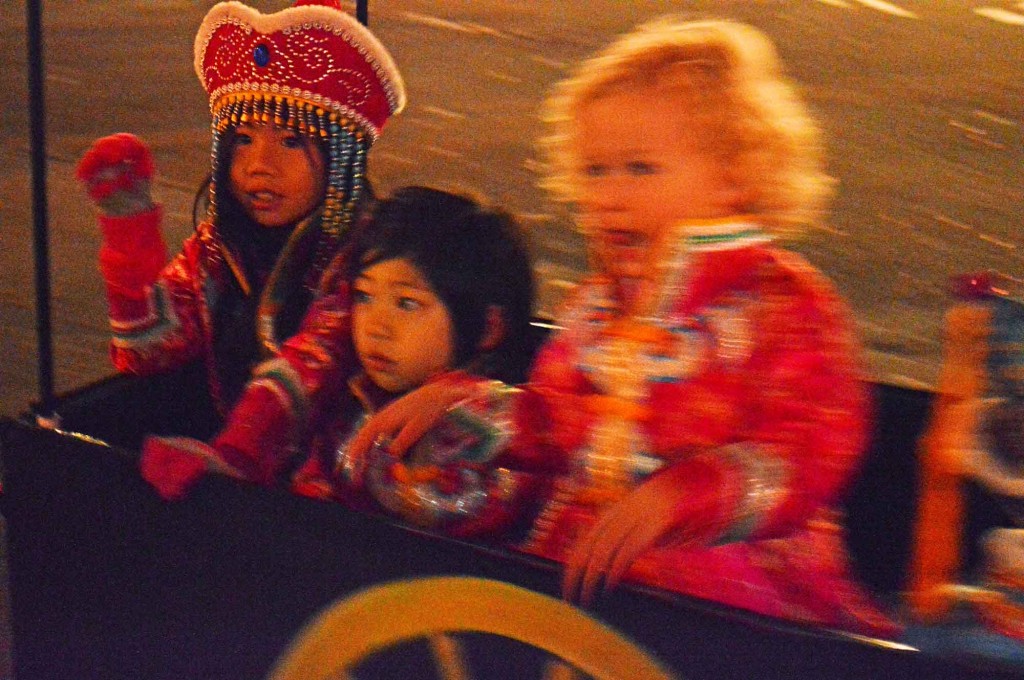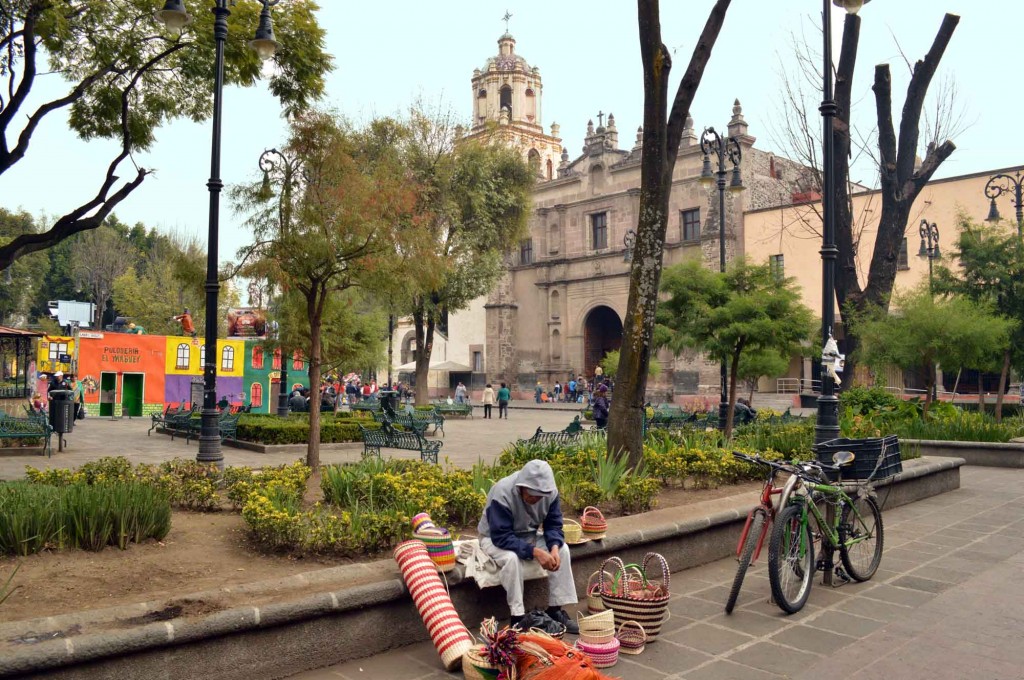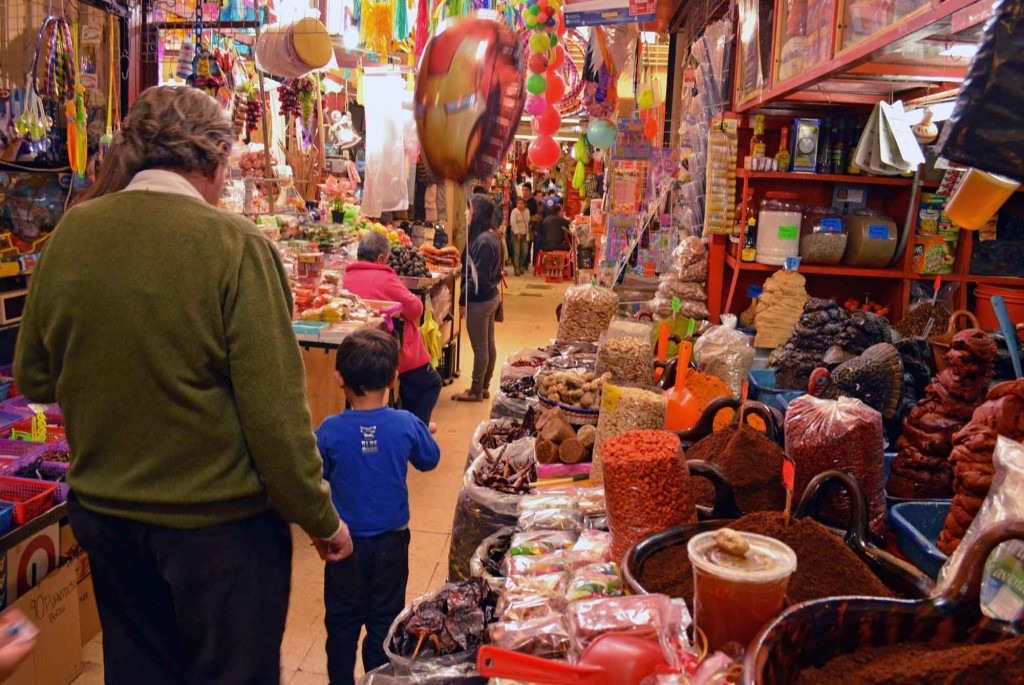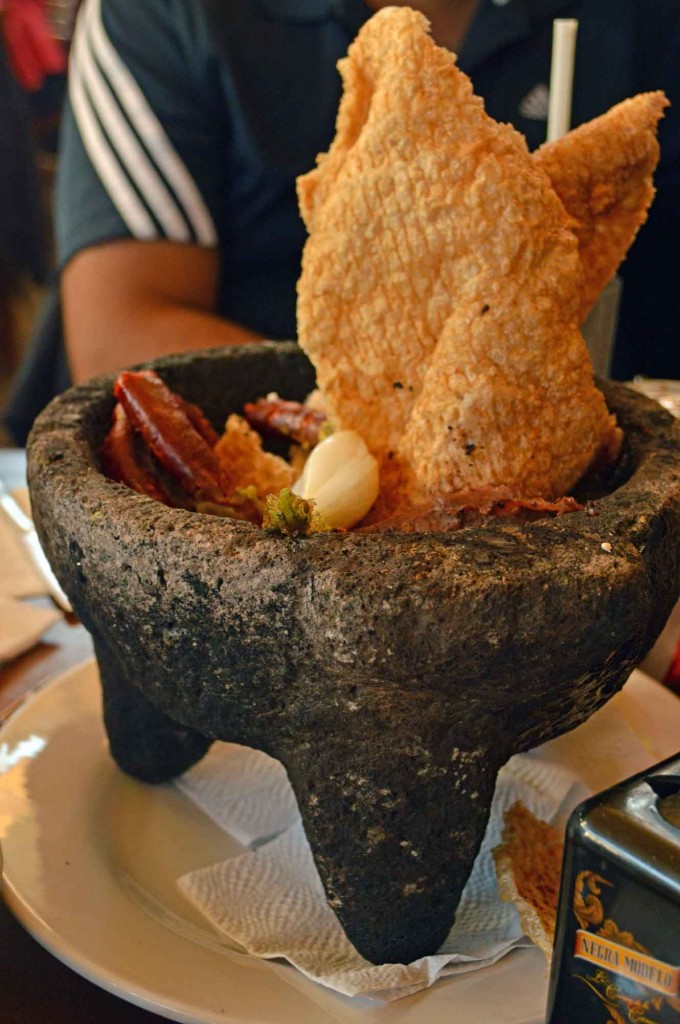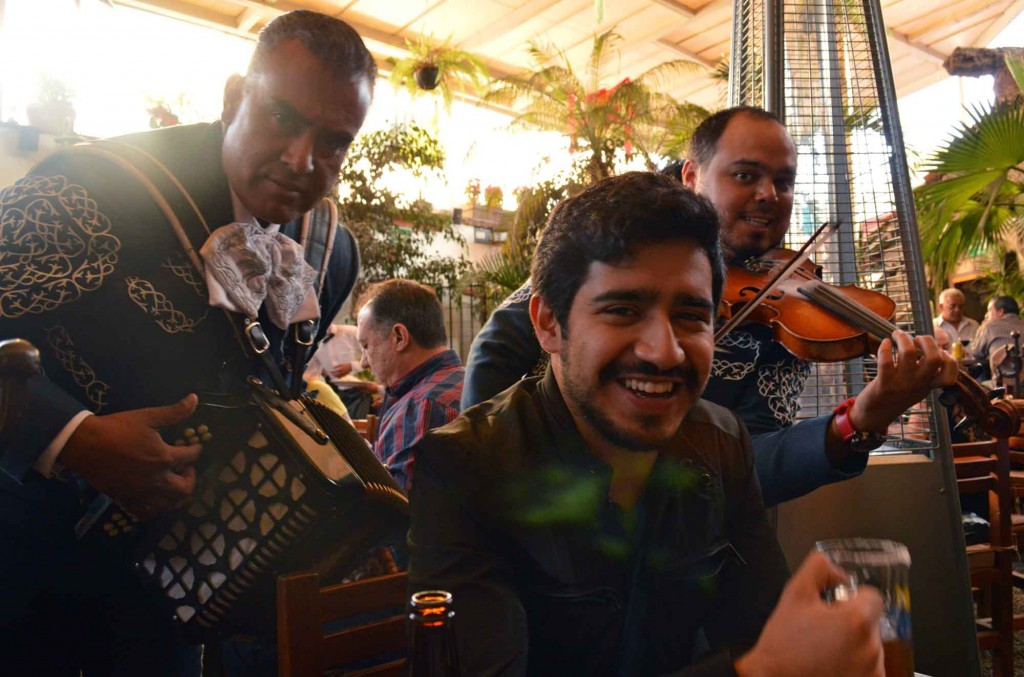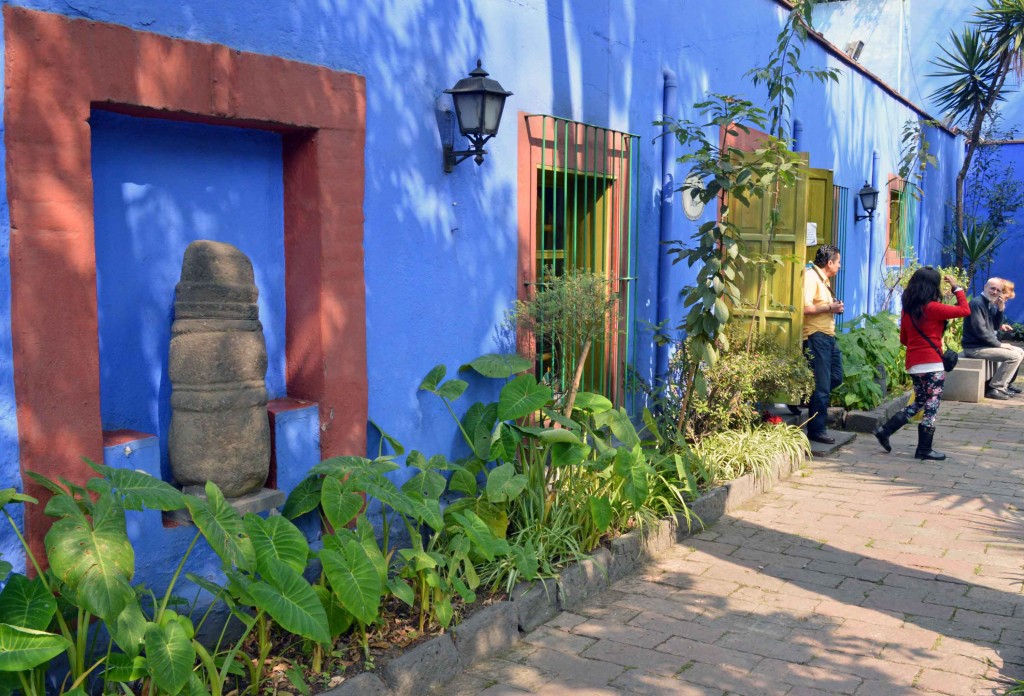Admittedly, when entering the easternmost part of Berlin’s Kreuzberg via the Oberbaumbrücke, the place feels run-down and grungy. Whether it’s because of the bridge’s dark stoned tunnel or the drunk German selling beers out of his cooler, the area’s entrance can hardly be perceived as welcoming. However, think twice before turning around and fleeing for the nearest outbound train because once immersed in eastern Kreuzberg’s bustling street life, alternative atmosphere and immigrant culture, you’ll find yourself appreciating its rough edges.
Start off your visit with wandering the neighborhood; by far the easiest and most rewarding means of exploration. Allow your nose to lead the way to one of many fragrant Arabic groceries and German Konditoreien (bakeries). Plunge down Kuchenkiste for an assortment of modern-twisted pastries, cakes, or pies. Then end your stroll in popular, but so-sketchy-it’s-beautiful, Görlitzer Park, once the site of Berlin’s main railway stations. Awe-inspiring street art can be found throughout the area. Consider taking the Public Art Tour for a selection of the most impressive works. You might want to rent a bike from either one of three Rent a Bike locations if you intend to spare your feet for late-night dancing.
A hoisted flag, waving in the wind, is the only thing missing, proclaiming the neighborhood to be hipsters territory. But then again, wouldn’t that be too obvious, for hipster standards? Surrounded by graffiti-sprayed garage doors, CHAoS iN fORm is one of the area’s hippest boutiques. Their racks are stuffed with everything from haute couture to carnival outfits and beloved by a hipster clientel. Live mannequins can best be spotted during evenings. It’s hard to miss their well-groomed appearances, quirky fashion statements, and organic noshing habits.
Speaking of noshing; Burgermeister serves some of the best burgers in Berlin. Housed in a small shack, sheltered by overhead U-bahn tracks and flanked by busy Oberbaumstraße, it is the perfect urban setting to reflect on the day’s encounters and experiences. Are you, like me, travelling on a budget? Pizzeria La Romantica wins you over on its richly-topped 3-6 euro pizzas. However, don’t let the name lure you into bringing a date; it simply doesn’t deliver on romance. Instead, take your date to Treinta Y Seis; their affordable Mexican dishes and hot sauce, will fire up the conversation. When craving German classics (think Frankfurters, Schnitzels, and Strudels) there are basically two options: fine dining in traditional Kattelbach or finger-licking grub at Frau Rauscher’s.
After dinner the neighborhood comes to life as nocturnal party flocks, varying from smooth mid-town folks to eccentric youngsters, find their way to two of the city’s biggest night clubs: Tresor and Watergate. Spooky and industrial-looking Berghain is located a stone’s throw away. Temper illusions of busting your signature moves on the clubs’ dance floors; it’s notoriously hard to get past the giants at the door. Kicked up too much of a fuss? Hide from angry bouncers in one of Kreuzberg’s superb underground bars. Try Madame Claude for a truly disorienting experience: it has an upside down interior! Café Wendel is an excellent runner-up. Sink into retro sofas and sip their quirky Gekko Mate soda. If you think dancing fiercely burned enough calories to treat yourself to a late night snack, Delikato’s kebab brings you that much closer to heaven.
Sehraya shisha lounge in central Kreuzberg offers a more relaxing environment. Its two-story Middle-Eastern interior is both atmospheric and incredibly kitsch. They offer more tobacco flavors than I can name fruits, and their menu is perfect for some Egyptian treats or nachos. Others might prefer an alternative film screening in Central Kino. To get there, duck into a narrow alleyway on Rosenthaler Straße (in Berlin Mitte) and pass metal artworks and mustached men.
Although the virus that covers buildings with graffiti and infects humans with artistic juices has spread to adjacent Neuköln and north-west Wedding, Kreuzberg remains home to Berlin’s alternative spirit. For years the area has been presenting itself as a greased up laborer but, much like the undercover bosses in the eponymous TV show, finally reveals to be an upright power house of Berlin neighborhoods.
